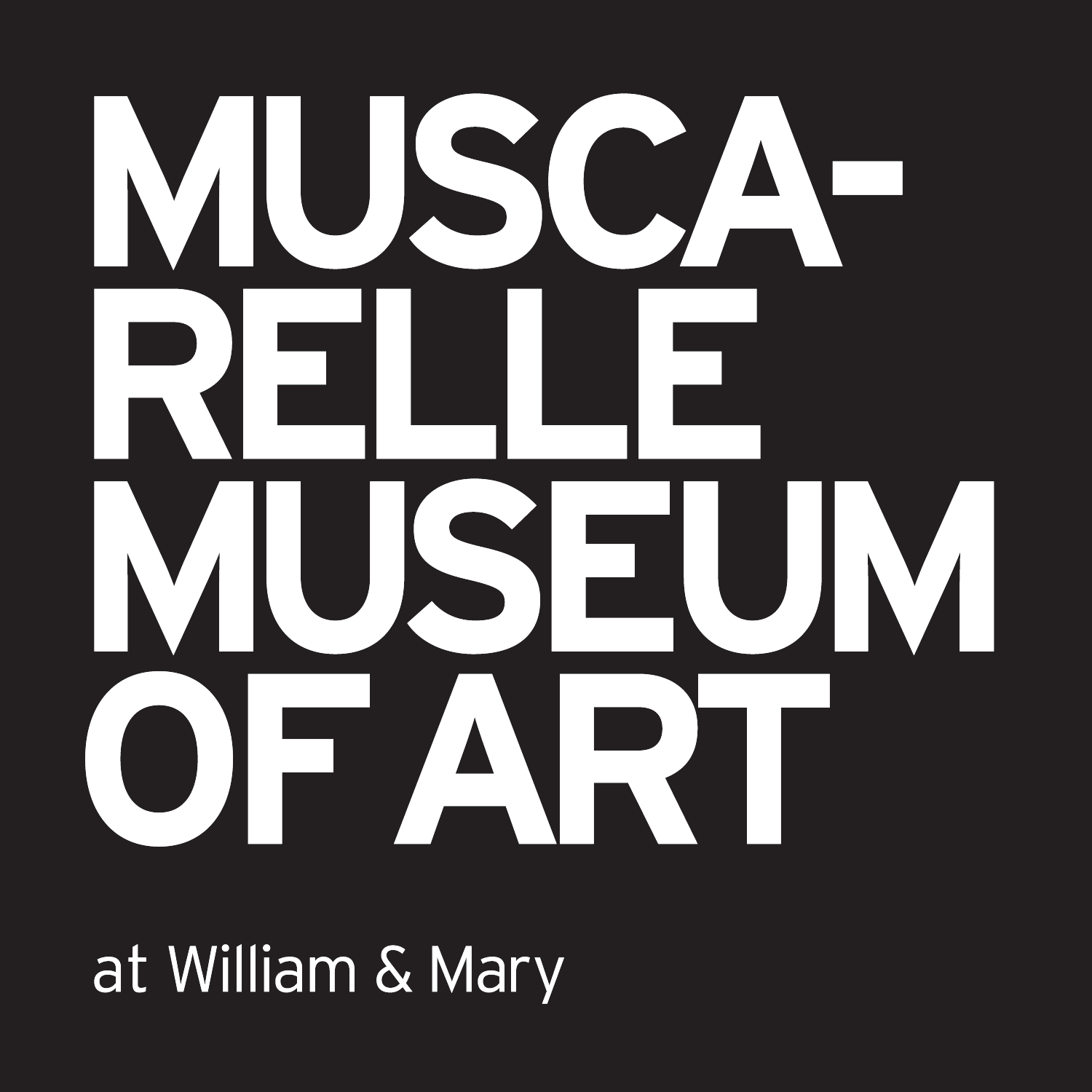
SPANISH BAROQUE IN THE NEW WORLD: Sibyls from Zurbarán’s Studio
August 4, 2009 — November 1, 2009
In the mid-17th century, Francisco de Zurbarán (1598–1664) and his circle increasingly produced paintings for a colonial market. The series of Twelve Sibyls, on view from August 4, 2009 through November 1, 2009, is a fascinating example of the paintings that were shipped overseas to decorate churches and public spaces in Lima, Quito, and other cities.
Typically, such series had a direct print source. These Sibyls are based on a set of prints by the French painter Claude Vignon, engraved by Gilles Rousselet and Abraham Bosse in 1630. The differing levels of quality and the vibrant color scheme—unusual for Zurbarán—indicates that the paintings, like many export commissions, were executed by multiple artists working in a unified style.
The Twelve Sibyls were pagan prophetesses adopted into Christian iconography during the medieval period. Each foretold one of the principle events in the life of Christ. In 1508–12, Michelangelo painted five Sibyls on the Sistine Chapel ceiling. However, after the Council of Trent in the early 1560s restricted pagan imagery, they were less common in art. Although the provenance of this series is unknown, the unusual choice of subject may be explained by the foreign destination. In the background of each painting, a small narrative scene represents the event in Christ’s life prophesied by the Sibyl.


